Disclosure: This post may contain affiliate links. I earn a small commission of product sales to keep this website going.
When the X-T50 was announced, there were some grumblings that it was nothing more than a “slightly improved” X-T30II. Funny, because the same thing was said about the X-T30II in relation to the X-T30 (that was true). This isn’t the case with the X-T50. Here are some of the main differences between the X-T30II and the X-T50.
And I do want to start by mentioning that both cameras are great. The X-T30II is still selling in high numbers (it’s out of stock at B&H as I write this), and the X-T50 has some quirks that may push you towards the X-T30II. But these are decisions you’ll have to make after reading about the main differences.
Whichever camera you end up with, you can learn all about the menus and how to use that camera in my Fujifilm Camera Tutorial Courses (use “blog20” for 20% off).
Exterior
Size & weight
The X-T30II uses the same squared body as the X-T30 – in fact, the Mark II version just says “X-T30” on the front. It measures 4.7″ x 3.3″ x 1.8″ (or 118.4mm x 82.8mm x 46.8mm for the rest of the world) and weighs 0.8lbs/378g with battery and no lens.
The X-T50 is built with tapered corners at the top, making the camera feel a bit “softer” for lack of a better word. It measures 4.87″ x 3.3″ x 1.92″ (123.8mm x 84mm x 48.8mm) and is slightly heavier at 1.0lbs/438g. The modestly larger size is to accommodate the built-in sensor stabilization, which we’ll discuss in a minute.

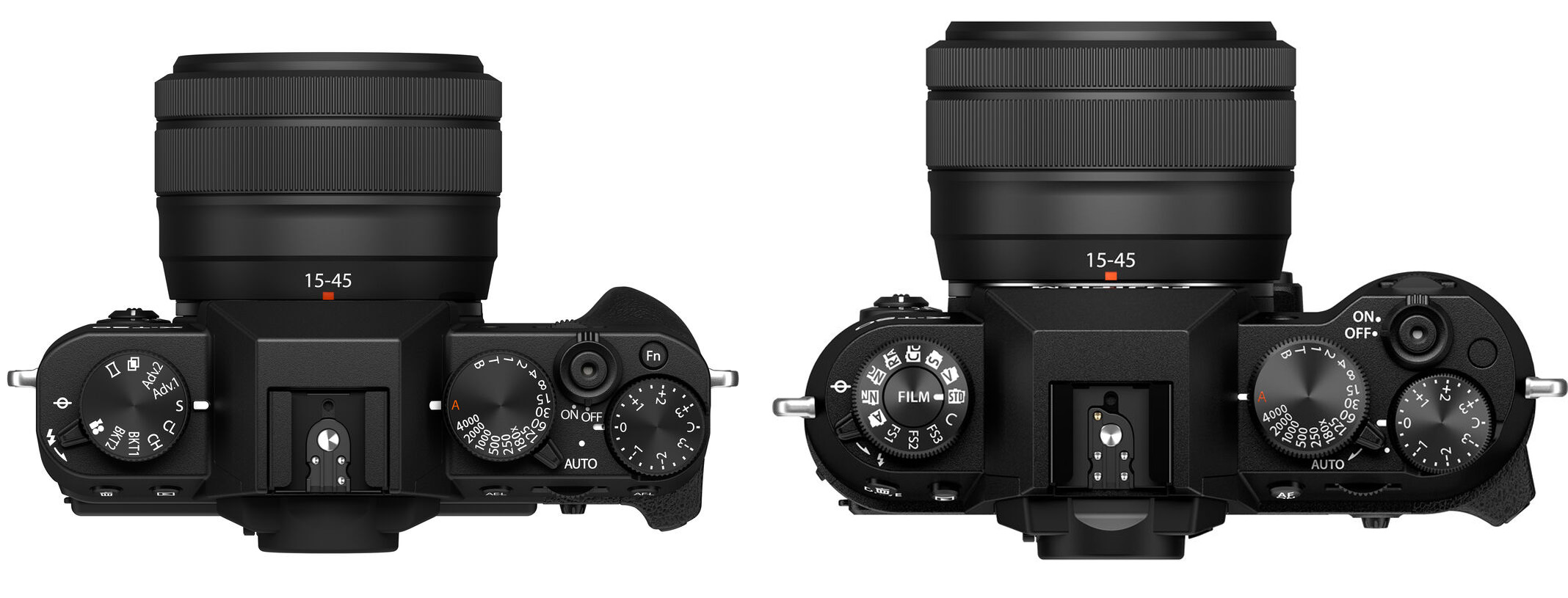
Both the size and weight increases are imperceptible.
Controls
One of the main exterior differences between the X-T30II and the X-T50 is the controls. The X-T50 ditches the Drive Dial found on the top plate of the X-T30II and replaces it with a Film Simulation Dial.
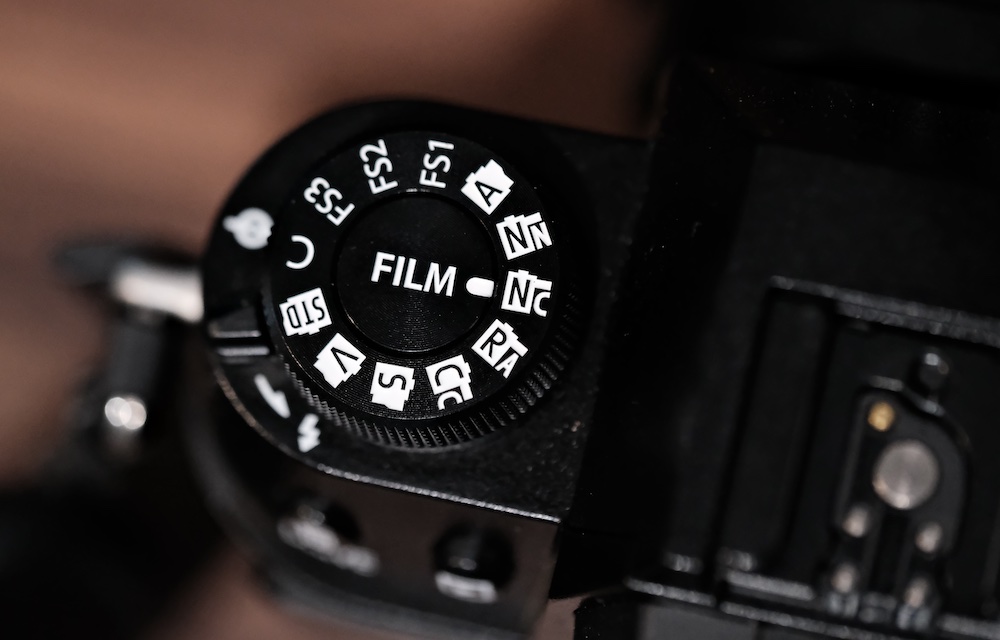
This was intended to make the X-T50 more about creativity and picture styling, being able to change the renowned Film Simulations on the fly. I’m not a fan, however. I think it would have been better as a Custom Control dial, to choose your edited Film Simulations rather than the stock Film Simulations. After all, you can change the Film Simulation in several other ways. You can read all about the Film Simulation Dial here.

There were some other minor arrangements in the controls, such as moving the AEL button to the column next to the LCD, and moving the AF button to the left of the command dial. To address a common gripe from the X-T30II, the thumb rest and Q button were moved further outboard to prevent accidental actuation of the Q button in the X-T50.
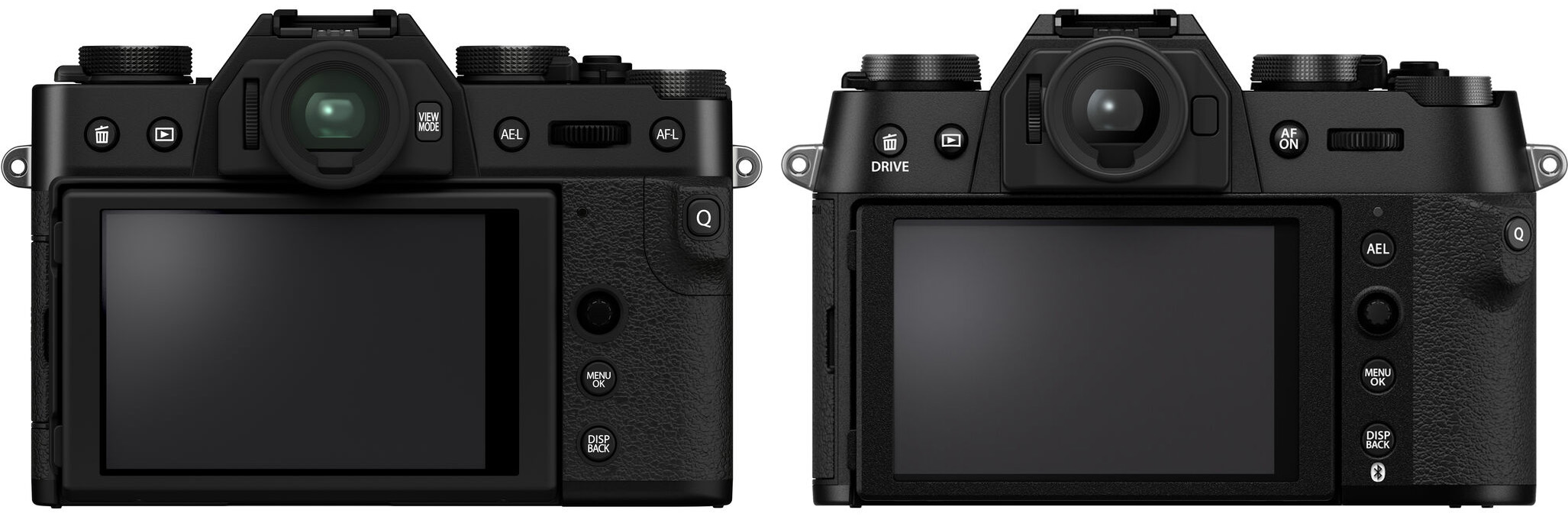
Interior
Getting into the inside, now we’re going to see a lot more differences between the X-T30II and the X-T50.
Hardware
The X-T30II uses the 26.1MP X-Trans 4 sensor found in the original X-T30. The X-T50 has the improved 40.2MP X-Trans 5 sensor found in the X-T5 and X-H2. This will give you a higher resolution for cropping into your photos (and there’s an in-camera feature to do that, the Digital Teleconverter).
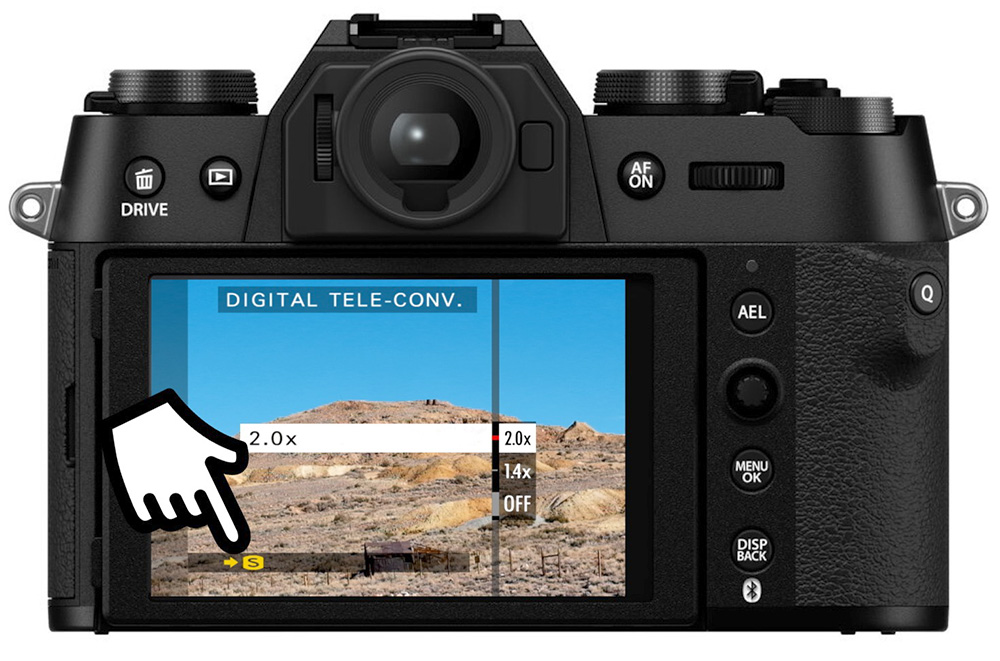
Not only is the X-T50 sensor a higher resolution, but it’s also stabilized. The five-axis IBIS claims seven stops of stabilization, useful for handholding photos at slower shutter speeds.
You can also make use of an Electronic Front Curtain Shutter in the X-T50, while the X-T30II only has the traditional mechanical shutter and an electronic rolling shutter.
To account for the increased demands in image resolution, the X-T50 was also upgraded to the faster X-Processor 5, while the X-T30II uses the X-Processor 4 found in the X-T30. You’ll also see an improvement in focus speed thanks to this.
Software
Speaking of focus – which is noticeably faster in the X-T50 compared to the X-T30II – there are some additional features.
The first is Subject Detection. You can have the camera keep track of Animals, Birds, Cars, Bikes, Airplanes, and Trains so that when you’re ready to press the shutter and create the photo, the focus point is right where it needs to be. The X-T30II is limited to detecting human faces and tracking other objects with a generic “Tracking” mode in AF-C.
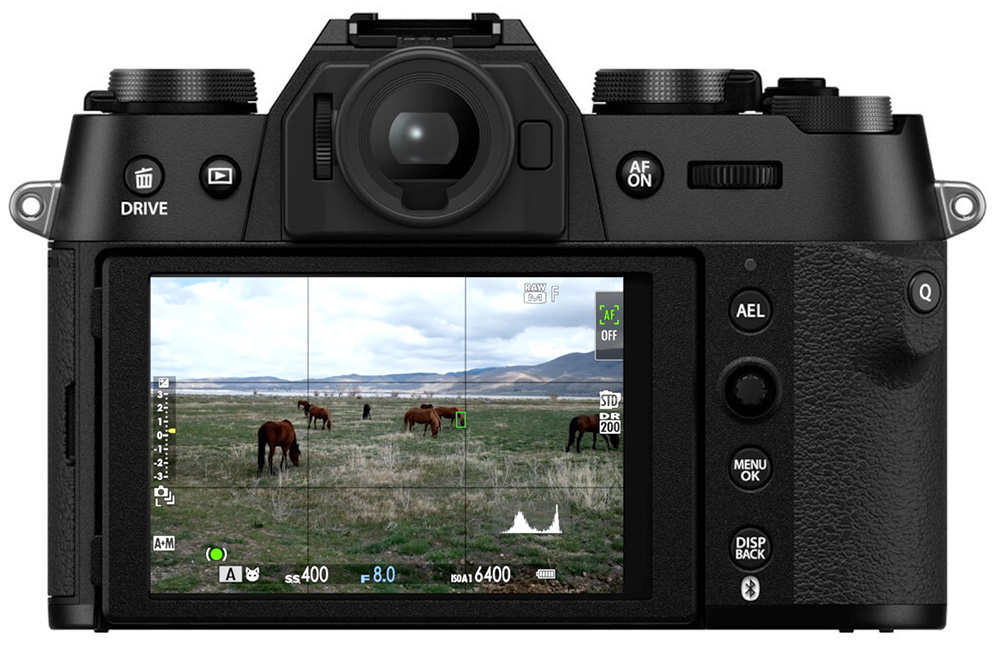
The X-T50 has some additional Focus menu options, including a Focus Point Wraparound, Custom Zone sizes, and an “AF MODE ALL” selection limiter. The limiter allows you to “disable” AF Modes you don’t use while in the “ALL” setting, so you don’t have to waste time scrolling through modes you never use. A small point, but it can make a big difference.
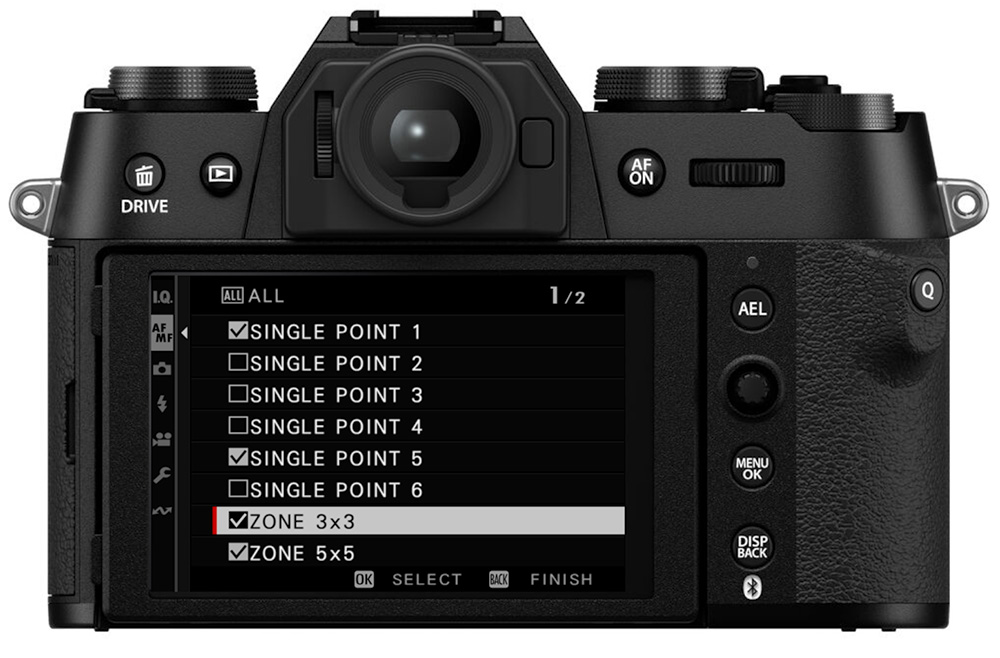
New Film Simulations found in the X-T50 that aren’t found in the X-T30II include NOSTALGIC NEG and REALA ACE.
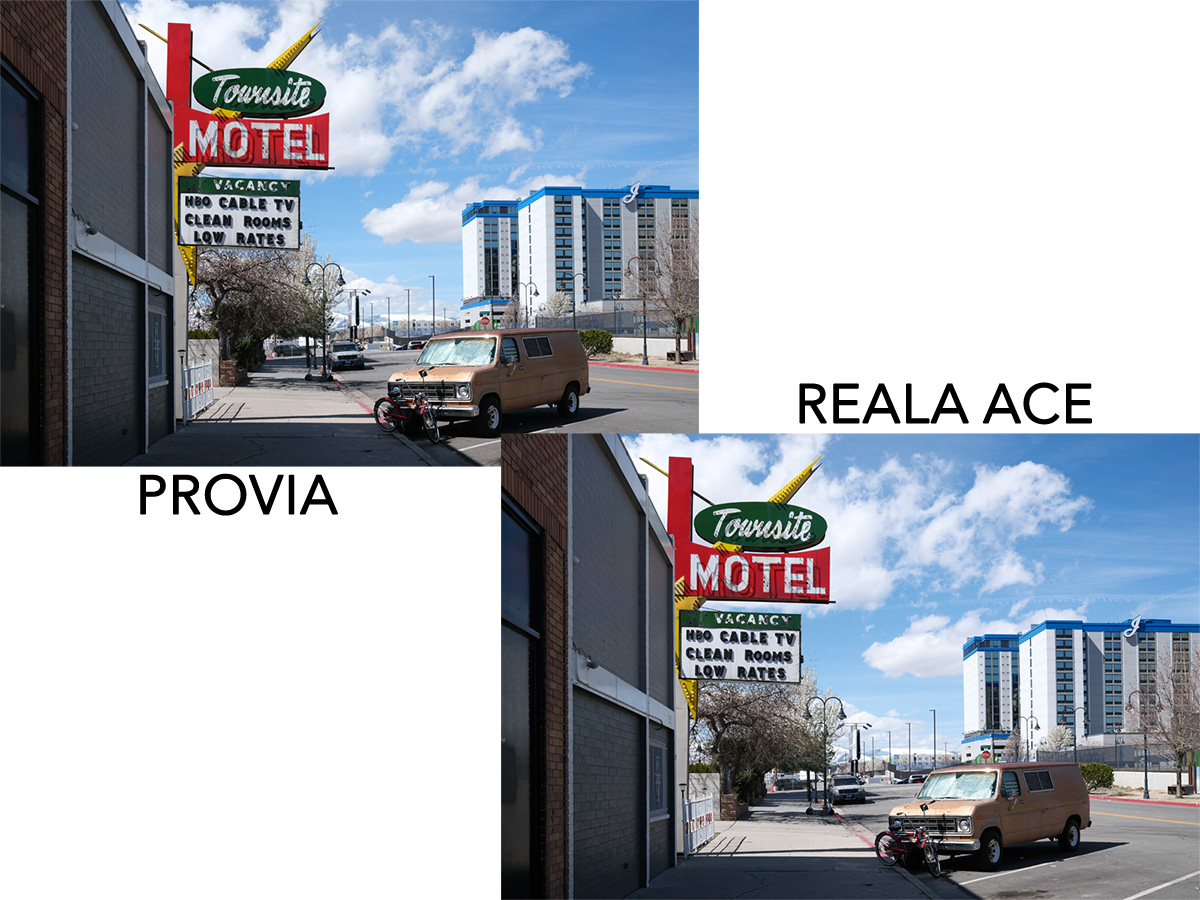
Finally, the X-T50 also supports the Frame.io Camera to Cloud feature. If you need your photos uploaded to the cloud right away, and your camera is connected to WiFi, you might find this a big selling point.
Conclusion
There are, of course, some other minor differences between the X-T30II and X-T50, but these are the ones that might sway you to one or the other.
If you just want a small, capable camera to capture trips and family moments, there is absolutely nothing wrong with the X-T30II – and it’ll only set you back $899 (at B&H, no lens, as of Feb 2025).
However, if you need the increased resolution for cropping, or the focusing capabilities for sports, action, or wildlife, or you love those Film Simulations, the X-T50 might be the way to go. It’s available in multiple configurations from B&H (body-only is $1,399 as of Feb 2025).
And don’t forget to check out the accompanying tutorial courses to learn how to get the most out of your camera, whichever one you end up with.
